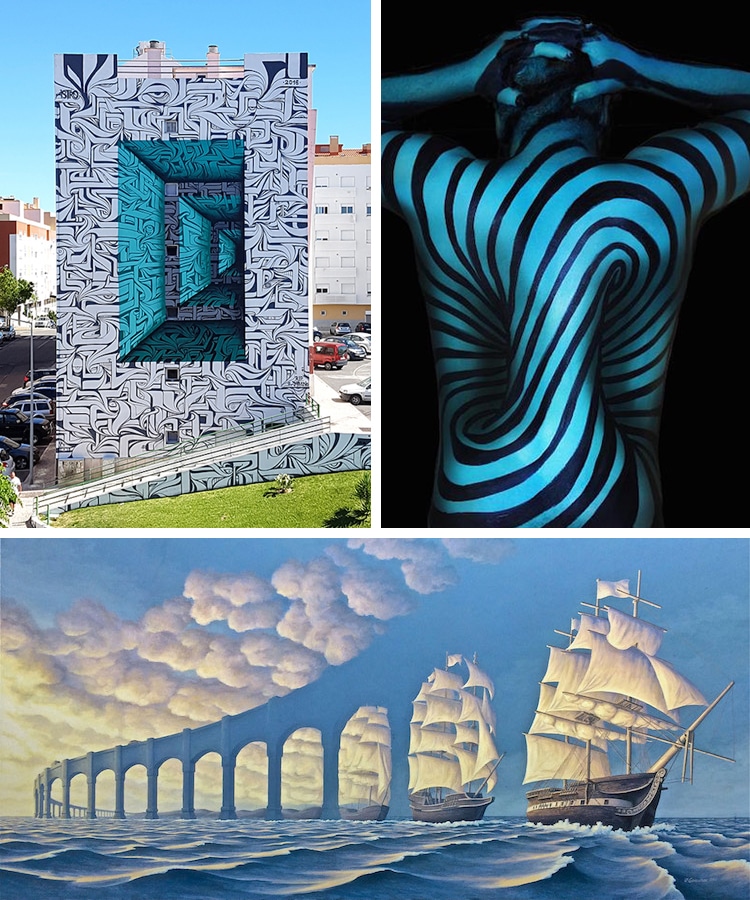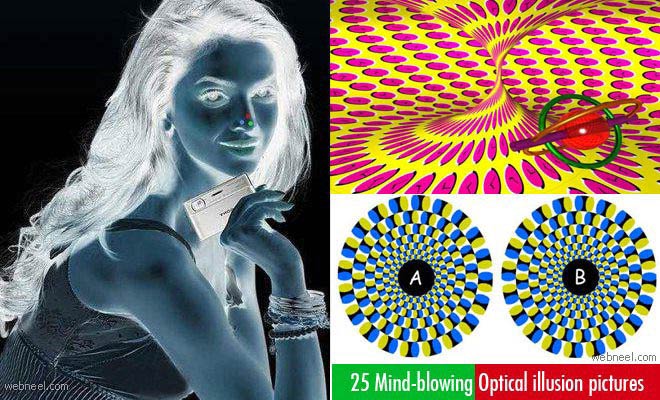Seeing Beyond the Surface: Deconstructing Visual Illusions
Not What It First Appears
At first glance, the photos show everyday scenes or people going about their daily lives. However, upon closer examination, something seems amiss or misleading. What you think you see is not entirely accurate. Appearances can be deceiving. These images play tricks on our eyes by subverting our expectations and assumptions. There is more than meets the eye. Take for example, a casual photo of friends hanging out. At first it looks like a casual selfie with someone’s arm slung over the shoulders of the photographer. But then you notice the “arm” has a strange shape and texture - it’s actually the friend’s thigh appearing deceptively like an arm due to the angle and shadows. These small visual misalignments create amusing illusions of misperception.

Challenging Perspective
Another photo presents a peculiar sight - a very long pair of hands sprouting from the elbows. Again, the visual information does not quite add up to what our brains expect. Upon further analysis of perspectives and proportions, the hands are actually feet belonging to someone sitting behind and seen from an odd viewpoint. Photos can portray reality from unusual perspectives that disrupt our sense of the usual spatial relationships between objects. They challenge our assumptions of perspective in unexpected ways.
Appearances Can Be Misleading
A candid shot of people relaxing in a park at first looks completely ordinary and self-explanatory. But hold on, something is amiss. Look more closely at the “legs” belonging to the person lying down - they have an strange fuzzy texture. They are not legs at all but rather the tail of a dog. We naturally jump to conclusions based on familiar patterns and context clues. This photo serves as a reminder that appearances can be misleading if we don’t scrutinize details.
Optical Tricks and Visual Puzzles
These quirky images work by playing tricks on our eyes and brains. They purposefully violate concepts like anatomical plausibility, scale, or expected locations to create intriguing optical tricks and visual puzzles. Solving the puzzles requires analyzing each element disconnecting initial assumptions. A photo showing what seems to be a casually dressed man standing turns out to be something else entirely upon reconsideration of proportions, textures and placement of features. These brain teasers rely on our natural tendencies towards rapid pattern recognition to set up unexpected reveals.
Beyond the Superficial
On the surface, a photo of two spotted animals frolicking may seem to feature a pair of playful zebras. But something is not quite right - the legs are bent at an unnatural angle and have an odd texture. Looking past initial labels and classifications, we see these are no zebras at all but rather a clever pairing of a giraffe’s torso and a dog’s hind legs. To fully comprehend these surreal scenes requires moving beyond superficial perceptions to deeper analytical thinking.
Challenging Preconceptions
The final image appears to show an adorable scene of a child cuddling a fluffy white creature. However, upon closer examination, the “hair” turns out to be cracks in the photo revealing something quite different underneath. These deliberately obfuscated photos delight in challenging preconceptions about what is actually present. By violating cognitive biases and expectations, they encourage more careful observation before reaching conclusions. Deconstructing misleading stimuli exercises flexible thinking skills.
In the end, these playful illusions serve as visual puzzles that train our minds to look beyond initial surface-level interpretations. To comprehend the full picture requires suspending assumptions, scrutinizing details from different angles, and checking perceptions against reality. Seeing through misleading appearances to the actual situati contributes to developing more objective and crit analytical thought processes.
